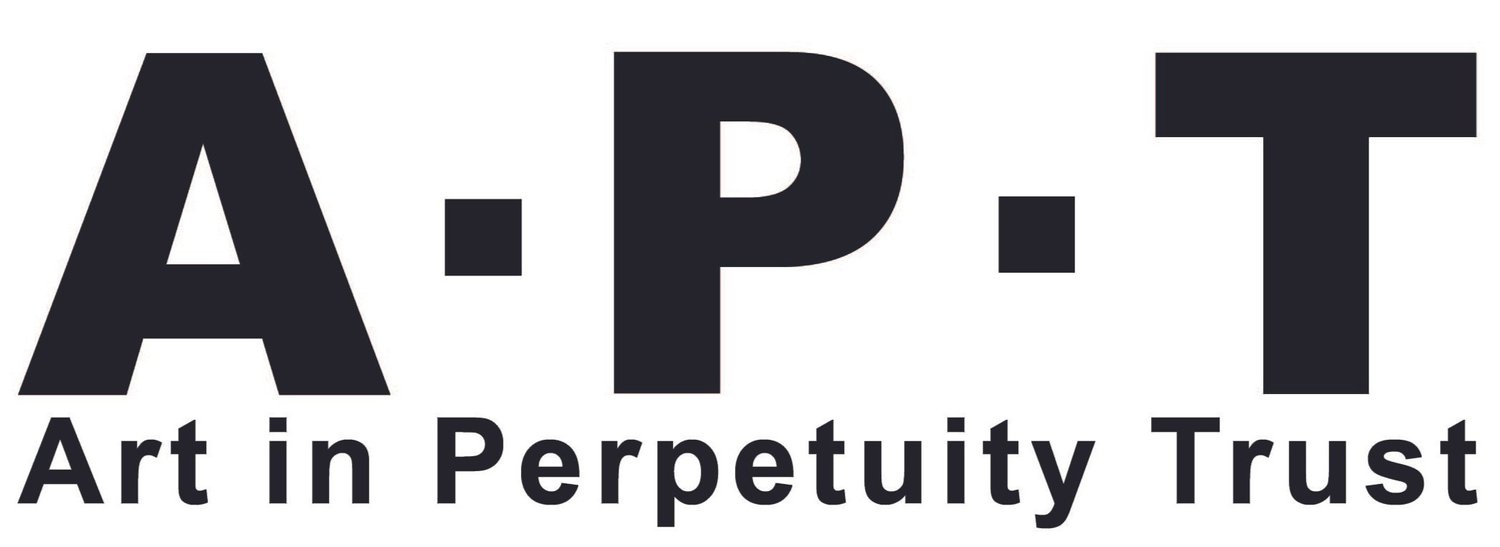DAVID OATES
Left: Kiss 29, 2015 Oil on canvas, 119 x 114cm
Right: History Painting 12 (Isandlwana), 2013 Oil on canvas, 150 x 132cm
From the recent publication ‘David Oates’ Paintings’
The assumption of being an individual is our greatest limitation
Pir Vilayat Khan (Sufi teacher)
In a world where high visibility, pastiche and irony are the hallmarks of so many contemporary artists, there is something invigorating about the quiet minimalism and lack of ego in David Oates’ approach. All too often, in our consumer society, life and art present themselves as an endless accumulation of meaningless spectacles that lack a unifying narrative. In the layered and slippery space of postmodernism so much lacks coherence.
In contrast, David Oates’ concerns are serious and focused, both painterly and philosophical. There is a potent charge to his layered surfaces, which give a sense of illusionistic, inchoate space that is physical as well as metaphysical. Time and the cosmos are evoked, as are questions of our place within the matrix of the universe. The paintings in the Kiss series are made on bare, sized canvas to emphasise their physicality and allusion to industrial mass-production. Not only are a series of eclipses implied but also a relationship to the body, in the semblance of a spine and the emotive title. The dark red/grey Kiss 8 is an exception to the general run of this group, being made painstakingly from thinly built layers of glazed paint.
In other works, such as the Vampire series, carefully executed circular holes penetrate the canvas, reminding us of the literal reality of the painting’s surface, whilst also calling to mind the illusion of skin or a membrane, of the difference between inside and outside. What is entered through these cut-outs is another dimension, a void; an implicitly transformative space. The traces of paint left on the edges of the canvas attest to the history of the works’ making.
A line or slash appears to hover vertically on the canvas in the Janus series. Though often barely perceptible, the mark seems to float on the surface, whilst also functioning as an aperture into a different realm, similar to Barnett Newman’s zips or Lucio Fontana’s slashes.
History has always been important to David Oates. In the 1980s he created a series of figurative works entitled Prototypes, images of a generic Everyman from the First World War that carried the weight of our collectively fading memory of those catastrophic events. Metaphors of archaeology permeate his spare, lyrical paintings and drawings. In what is covered up and forgotten, along with what is half-remembered and tentatively revealed, he creates a series of poetic palimpsests.
Sue Hubbard
September 2019
Sue Hubbard is an art critic, novelist, poet, lecturer and broadcaster.
The full publication David Oates’ Paintings is available here
The Fifer, 2018 Oil on canvas, 150 x 90cm
Janus 21, 2015 Oil on canvas, 76 x 76cm
Janus 10, 2014 Oil on canvas 41 x 41cm
Vampire 4, 2009 Oil on canvas, 122 x 122cm
Martinet Moon, 2016 Oil on canvas, 34 x 32cm
In June 2015, David Oates was interviewed by Laurence Noga for the online curatorial space Saturation Point
LN … I like that idea. What you are describing seems like an in-between state. Can you say something more about the humanising presence?
DO When I first came up with the idea of using the eclipse sequences, I made them horizontal. They looked a bit like hieroglyphics or musical notation. I remember turning one upright and it immediately brought to mind this more human connection, which alluded more to spines and trails. ‘Spoor’ is another generic title I used a few years ago when I was making drawings. I used the title ‘spoor’ in my approach to drawing, meaning animal tracks. The drawings were indistinct, about trails and traces left, but also my own track and trail, I wanted that kind of duality. The drawings morphed into the paintings; as they became more formalized and less directly physical, they moved into an arena where painting was better suited. Having started on it, it led me to bring in this spinal idea, it’s all very circular.
LN I get that. Foucault once said: “Structure is that designation of the visible”. How does the composition and structure develop in your work; is there a system that you rely on a quest for equilibrium?
DO A quest for stillness, for that which cannot be expressed any other way: silence, stillness and poise, and that’s an abstract concept, they are obviously not about eclipses or tracks.
LINKS
oates2001 > Instagram
David Oates is represented by the Avivson Gallery in Highgate, North London.
His CV can be found here.
Kiss 8, 2007 Oil on canvas 34 x 32cm
Lid 1, 2007 Oil on canvas, 34 x 32cm









